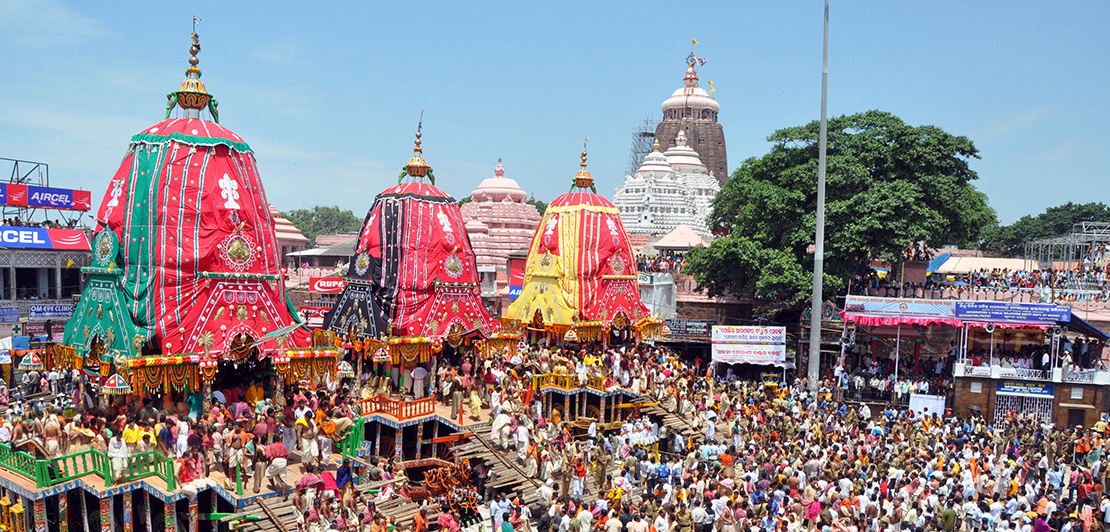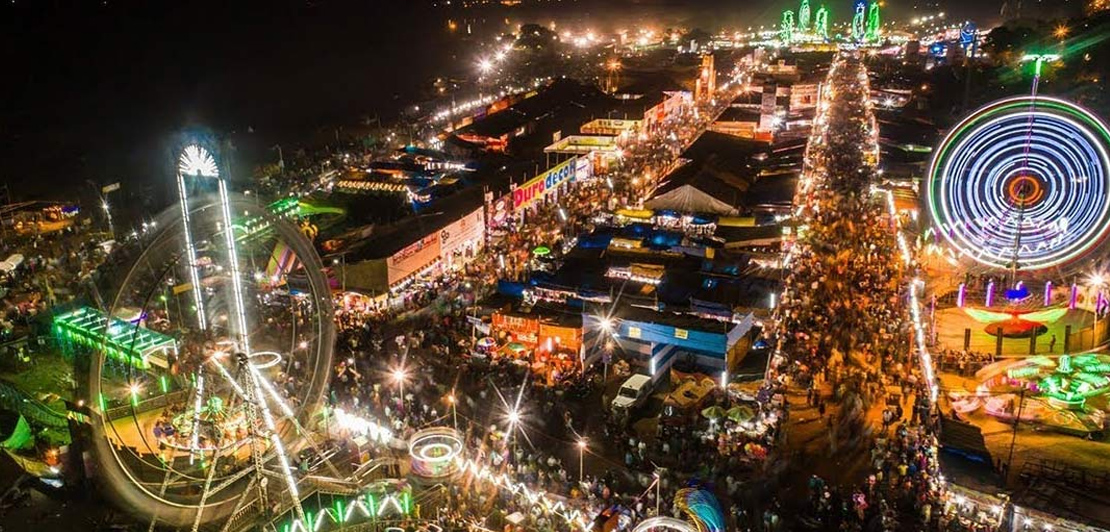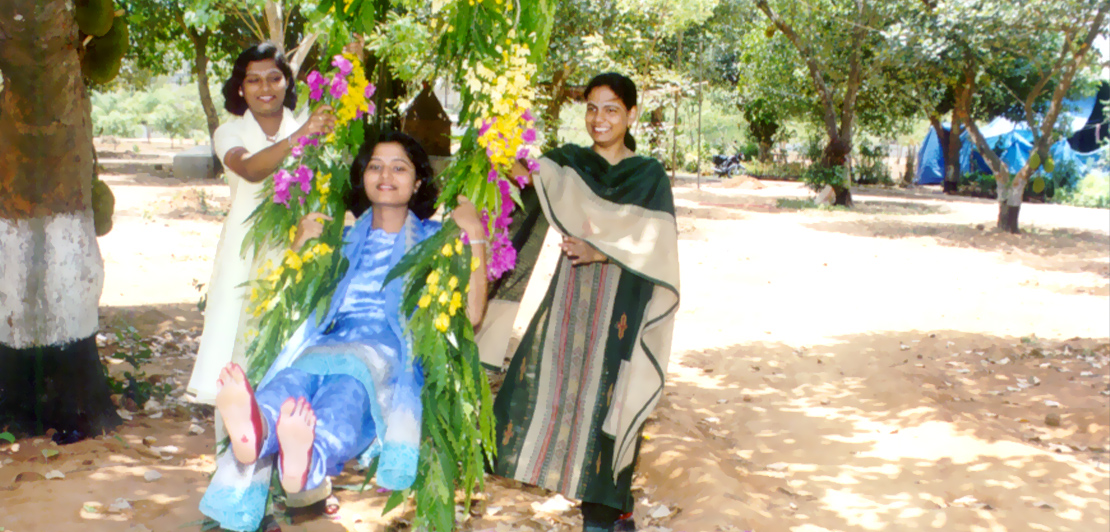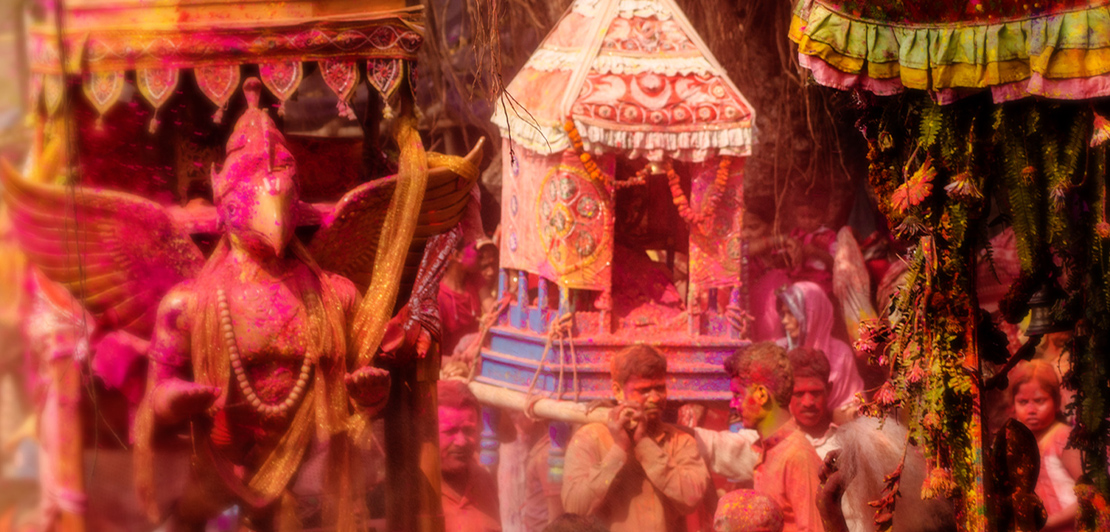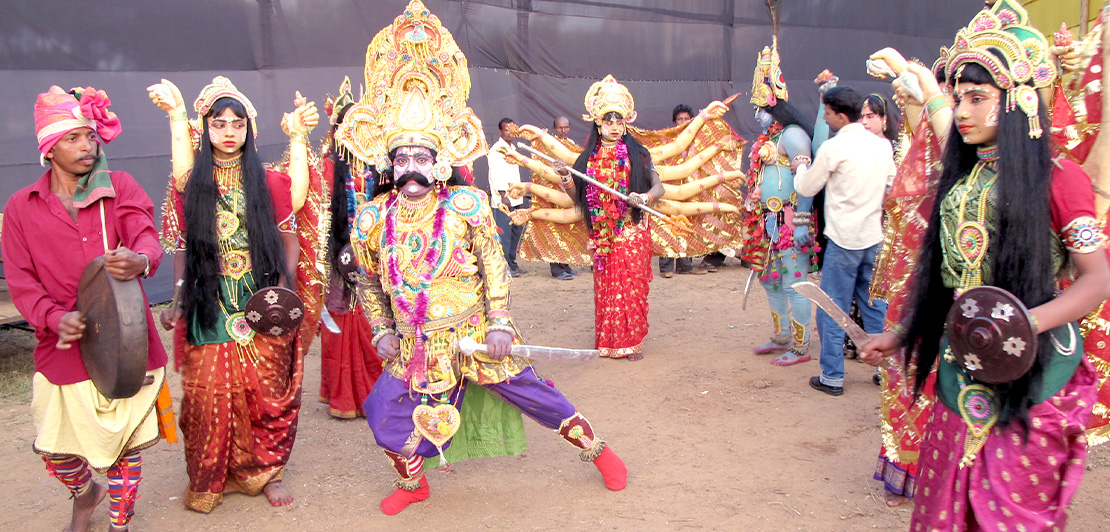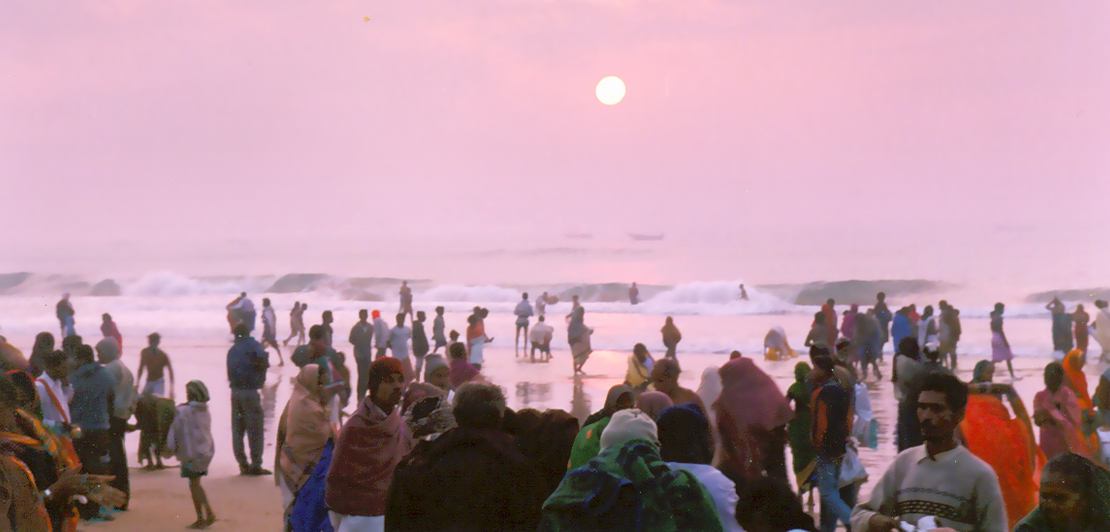Success!
Error!
Login
Forgot Password?
Sign Up
Activate Travel Agent
Welcome Back! Login to continue to your account
Submit your email and we will send you a reset link
Fill up the below details and unveil India?s Best Kept Secret!
Submit your email and we will send you an activation link
Success!
Thank You for your interest. We have notified the concerned Travel Agency who have posted this trail to reach out to you. You can expect a call from them soon.
Success!
Error!
Login
Forgot Password?
Sign Up
Activate Travel Agent
Welcome Back! Login to continue to your account
Submit your email and we will send you a reset link
Fill up the below details and unveil India?s Best Kept Secret!
Submit your email and we will send you an activation link
Success!
Thank You for your interest. We have notified the concerned Travel Agency who have posted this trail to reach out to you. You can expect a call from them soon.
Success!
Error!
Login
Forgot Password?
Sign Up
Activate Travel Agent
Welcome Back! Login to continue to your account
Submit your email and we will send you a reset link
Fill up the below details and unveil India?s Best Kept Secret!
Submit your email and we will send you an activation link
Success!
Thank You for your interest. We have notified the concerned Travel Agency who have posted this trail to reach out to you. You can expect a call from them soon.
Success!
Error!
Login
Forgot Password?
Sign Up
Activate Travel Agent
Welcome Back! Login to continue to your account
Submit your email and we will send you a reset link
Fill up the below details and unveil India?s Best Kept Secret!
Submit your email and we will send you an activation link
Success!
Thank You for your interest. We have notified the concerned Travel Agency who have posted this trail to reach out to you. You can expect a call from them soon.
Success!
Error!
Login
Forgot Password?
Sign Up
Activate Travel Agent
Welcome Back! Login to continue to your account
Submit your email and we will send you a reset link
Fill up the below details and unveil India?s Best Kept Secret!
Submit your email and we will send you an activation link
Success!
Thank You for your interest. We have notified the concerned Travel Agency who have posted this trail to reach out to you. You can expect a call from them soon.
Success!
Error!
Login
Forgot Password?
Sign Up
Activate Travel Agent
Welcome Back! Login to continue to your account
Submit your email and we will send you a reset link
Fill up the below details and unveil India?s Best Kept Secret!
Submit your email and we will send you an activation link
Success!
Thank You for your interest. We have notified the concerned Travel Agency who have posted this trail to reach out to you. You can expect a call from them soon.
Success!
Error!
Login
Forgot Password?
Sign Up
Activate Travel Agent
Welcome Back! Login to continue to your account
Submit your email and we will send you a reset link
Fill up the below details and unveil India?s Best Kept Secret!
Submit your email and we will send you an activation link
Success!
Thank You for your interest. We have notified the concerned Travel Agency who have posted this trail to reach out to you. You can expect a call from them soon.
Success!
Error!
Login
Forgot Password?
Sign Up
Activate Travel Agent
Welcome Back! Login to continue to your account
Submit your email and we will send you a reset link
Fill up the below details and unveil India?s Best Kept Secret!
Submit your email and we will send you an activation link
Success!
Thank You for your interest. We have notified the concerned Travel Agency who have posted this trail to reach out to you. You can expect a call from them soon.
Success!
Error!
Login
Forgot Password?
Sign Up
Activate Travel Agent
Welcome Back! Login to continue to your account
Submit your email and we will send you a reset link
Fill up the below details and unveil India?s Best Kept Secret!
Submit your email and we will send you an activation link
Success!
Thank You for your interest. We have notified the concerned Travel Agency who have posted this trail to reach out to you. You can expect a call from them soon.
Success!
Error!
Login
Forgot Password?
Sign Up
Activate Travel Agent
Welcome Back! Login to continue to your account
Submit your email and we will send you a reset link
Fill up the below details and unveil India?s Best Kept Secret!
Submit your email and we will send you an activation link
Success!
Thank You for your interest. We have notified the concerned Travel Agency who have posted this trail to reach out to you. You can expect a call from them soon.
Success!
Error!
Login
Forgot Password?
Sign Up
Activate Travel Agent
Welcome Back! Login to continue to your account
Submit your email and we will send you a reset link
Fill up the below details and unveil India?s Best Kept Secret!
Submit your email and we will send you an activation link
Success!
Thank You for your interest. We have notified the concerned Travel Agency who have posted this trail to reach out to you. You can expect a call from them soon.
Success!
Error!
Login
Forgot Password?
Sign Up
Activate Travel Agent
Welcome Back! Login to continue to your account
Submit your email and we will send you a reset link
Fill up the below details and unveil India?s Best Kept Secret!
Submit your email and we will send you an activation link
Success!
Thank You for your interest. We have notified the concerned Travel Agency who have posted this trail to reach out to you. You can expect a call from them soon.
Success!
Error!
Login
Forgot Password?
Sign Up
Activate Travel Agent
Welcome Back! Login to continue to your account
Submit your email and we will send you a reset link
Fill up the below details and unveil India?s Best Kept Secret!
Submit your email and we will send you an activation link
Success!
Thank You for your interest. We have notified the concerned Travel Agency who have posted this trail to reach out to you. You can expect a call from them soon.
Success!
Error!
Login
Forgot Password?
Sign Up
Activate Travel Agent
Welcome Back! Login to continue to your account
Submit your email and we will send you a reset link
Fill up the below details and unveil India?s Best Kept Secret!
Submit your email and we will send you an activation link
Success!
Thank You for your interest. We have notified the concerned Travel Agency who have posted this trail to reach out to you. You can expect a call from them soon.
Success!
Error!
Login
Forgot Password?
Sign Up
Activate Travel Agent
Welcome Back! Login to continue to your account
Submit your email and we will send you a reset link
Fill up the below details and unveil India?s Best Kept Secret!
Submit your email and we will send you an activation link
Success!
Thank You for your interest. We have notified the concerned Travel Agency who have posted this trail to reach out to you. You can expect a call from them soon.
Success!
Error!
Login
Forgot Password?
Sign Up
Activate Travel Agent
Welcome Back! Login to continue to your account
Submit your email and we will send you a reset link
Fill up the below details and unveil India?s Best Kept Secret!
Submit your email and we will send you an activation link
Success!
Thank You for your interest. We have notified the concerned Travel Agency who have posted this trail to reach out to you. You can expect a call from them soon.
Success!
Error!
Login
Forgot Password?
Sign Up
Activate Travel Agent
Welcome Back! Login to continue to your account
Submit your email and we will send you a reset link
Fill up the below details and unveil India?s Best Kept Secret!
Submit your email and we will send you an activation link
Success!
Thank You for your interest. We have notified the concerned Travel Agency who have posted this trail to reach out to you. You can expect a call from them soon.
Success!
Error!
Login
Forgot Password?
Sign Up
Activate Travel Agent
Welcome Back! Login to continue to your account
Submit your email and we will send you a reset link
Fill up the below details and unveil India?s Best Kept Secret!
Submit your email and we will send you an activation link
Success!
Thank You for your interest. We have notified the concerned Travel Agency who have posted this trail to reach out to you. You can expect a call from them soon.
Success!
Error!
Login
Forgot Password?
Sign Up
Activate Travel Agent
Welcome Back! Login to continue to your account
Submit your email and we will send you a reset link
Fill up the below details and unveil India?s Best Kept Secret!
Submit your email and we will send you an activation link
Success!
Thank You for your interest. We have notified the concerned Travel Agency who have posted this trail to reach out to you. You can expect a call from them soon.
Success!
Error!
Login
Forgot Password?
Sign Up
Activate Travel Agent
Welcome Back! Login to continue to your account
Submit your email and we will send you a reset link
Fill up the below details and unveil India?s Best Kept Secret!
Submit your email and we will send you an activation link
Success!
Thank You for your interest. We have notified the concerned Travel Agency who have posted this trail to reach out to you. You can expect a call from them soon.
Success!
Error!
Login
Forgot Password?
Sign Up
Activate Travel Agent
Welcome Back! Login to continue to your account
Submit your email and we will send you a reset link
Fill up the below details and unveil India?s Best Kept Secret!
Submit your email and we will send you an activation link
Success!
Thank You for your interest. We have notified the concerned Travel Agency who have posted this trail to reach out to you. You can expect a call from them soon.
Success!
Error!
Login
Forgot Password?
Sign Up
Activate Travel Agent
Welcome Back! Login to continue to your account
Submit your email and we will send you a reset link
Fill up the below details and unveil India?s Best Kept Secret!
Submit your email and we will send you an activation link
Success!
Thank You for your interest. We have notified the concerned Travel Agency who have posted this trail to reach out to you. You can expect a call from them soon.
Success!
Error!
Login
Forgot Password?
Sign Up
Activate Travel Agent
Welcome Back! Login to continue to your account
Submit your email and we will send you a reset link
Fill up the below details and unveil India?s Best Kept Secret!
Submit your email and we will send you an activation link
Success!
Thank You for your interest. We have notified the concerned Travel Agency who have posted this trail to reach out to you. You can expect a call from them soon.
Success!
Error!
Login
Forgot Password?
Sign Up
Activate Travel Agent
Welcome Back! Login to continue to your account
Submit your email and we will send you a reset link
Fill up the below details and unveil India?s Best Kept Secret!
Submit your email and we will send you an activation link
Success!
Thank You for your interest. We have notified the concerned Travel Agency who have posted this trail to reach out to you. You can expect a call from them soon.
Success!
Error!
Login
Forgot Password?
Sign Up
Activate Travel Agent
Welcome Back! Login to continue to your account
Submit your email and we will send you a reset link
Fill up the below details and unveil India?s Best Kept Secret!
Submit your email and we will send you an activation link
Success!
Thank You for your interest. We have notified the concerned Travel Agency who have posted this trail to reach out to you. You can expect a call from them soon.
Success!
Error!
Login
Forgot Password?
Sign Up
Activate Travel Agent
Welcome Back! Login to continue to your account
Submit your email and we will send you a reset link
Fill up the below details and unveil India?s Best Kept Secret!
Submit your email and we will send you an activation link
Success!
Thank You for your interest. We have notified the concerned Travel Agency who have posted this trail to reach out to you. You can expect a call from them soon.
Success!
Error!
Login
Forgot Password?
Sign Up
Activate Travel Agent
Welcome Back! Login to continue to your account
Submit your email and we will send you a reset link
Fill up the below details and unveil India?s Best Kept Secret!
Submit your email and we will send you an activation link
Success!
Thank You for your interest. We have notified the concerned Travel Agency who have posted this trail to reach out to you. You can expect a call from them soon.
Success!
Error!
Login
Forgot Password?
Sign Up
Activate Travel Agent
Welcome Back! Login to continue to your account
Submit your email and we will send you a reset link
Fill up the below details and unveil India?s Best Kept Secret!
Submit your email and we will send you an activation link
Success!
Thank You for your interest. We have notified the concerned Travel Agency who have posted this trail to reach out to you. You can expect a call from them soon.
Success!
Error!
Login
Forgot Password?
Sign Up
Activate Travel Agent
Welcome Back! Login to continue to your account
Submit your email and we will send you a reset link
Fill up the below details and unveil India?s Best Kept Secret!
Submit your email and we will send you an activation link
Success!
Thank You for your interest. We have notified the concerned Travel Agency who have posted this trail to reach out to you. You can expect a call from them soon.
Success!
Error!
Login
Forgot Password?
Sign Up
Activate Travel Agent
Welcome Back! Login to continue to your account
Submit your email and we will send you a reset link
Fill up the below details and unveil India?s Best Kept Secret!
Submit your email and we will send you an activation link
Success!
Thank You for your interest. We have notified the concerned Travel Agency who have posted this trail to reach out to you. You can expect a call from them soon.
Success!
Error!
Login
Forgot Password?
Sign Up
Activate Travel Agent
Welcome Back! Login to continue to your account
Submit your email and we will send you a reset link
Fill up the below details and unveil India?s Best Kept Secret!
Submit your email and we will send you an activation link
Success!
Thank You for your interest. We have notified the concerned Travel Agency who have posted this trail to reach out to you. You can expect a call from them soon.
Success!
Error!
Login
Forgot Password?
Sign Up
Activate Travel Agent
Welcome Back! Login to continue to your account
Submit your email and we will send you a reset link
Fill up the below details and unveil India?s Best Kept Secret!
Submit your email and we will send you an activation link
Success!
Thank You for your interest. We have notified the concerned Travel Agency who have posted this trail to reach out to you. You can expect a call from them soon.
Success!
Error!
Login
Forgot Password?
Sign Up
Activate Travel Agent
Welcome Back! Login to continue to your account
Submit your email and we will send you a reset link
Fill up the below details and unveil India?s Best Kept Secret!
Submit your email and we will send you an activation link
Success!
Thank You for your interest. We have notified the concerned Travel Agency who have posted this trail to reach out to you. You can expect a call from them soon.
Success!
Error!
Login
Forgot Password?
Sign Up
Activate Travel Agent
Welcome Back! Login to continue to your account
Submit your email and we will send you a reset link
Fill up the below details and unveil India?s Best Kept Secret!
Submit your email and we will send you an activation link
Success!
Thank You for your interest. We have notified the concerned Travel Agency who have posted this trail to reach out to you. You can expect a call from them soon.
Success!
Error!
Login
Forgot Password?
Sign Up
Activate Travel Agent
Welcome Back! Login to continue to your account
Submit your email and we will send you a reset link
Fill up the below details and unveil India?s Best Kept Secret!
Submit your email and we will send you an activation link
Success!
Thank You for your interest. We have notified the concerned Travel Agency who have posted this trail to reach out to you. You can expect a call from them soon.
Success!
Error!
Login
Forgot Password?
Sign Up
Activate Travel Agent
Welcome Back! Login to continue to your account
Submit your email and we will send you a reset link
Fill up the below details and unveil India?s Best Kept Secret!
Submit your email and we will send you an activation link
Success!
Thank You for your interest. We have notified the concerned Travel Agency who have posted this trail to reach out to you. You can expect a call from them soon.
Success!
Error!
Login
Forgot Password?
Sign Up
Activate Travel Agent
Welcome Back! Login to continue to your account
Submit your email and we will send you a reset link
Fill up the below details and unveil India?s Best Kept Secret!
Submit your email and we will send you an activation link
Success!
Thank You for your interest. We have notified the concerned Travel Agency who have posted this trail to reach out to you. You can expect a call from them soon.
Success!
Error!
Login
Forgot Password?
Sign Up
Activate Travel Agent
Welcome Back! Login to continue to your account
Submit your email and we will send you a reset link
Fill up the below details and unveil India?s Best Kept Secret!
Submit your email and we will send you an activation link
Success!
Thank You for your interest. We have notified the concerned Travel Agency who have posted this trail to reach out to you. You can expect a call from them soon.
Success!
Error!
Login
Forgot Password?
Sign Up
Activate Travel Agent
Welcome Back! Login to continue to your account
Submit your email and we will send you a reset link
Fill up the below details and unveil India?s Best Kept Secret!
Submit your email and we will send you an activation link
Success!
Thank You for your interest. We have notified the concerned Travel Agency who have posted this trail to reach out to you. You can expect a call from them soon.
Success!
Error!
Login
Forgot Password?
Sign Up
Activate Travel Agent
Welcome Back! Login to continue to your account
Submit your email and we will send you a reset link
Fill up the below details and unveil India?s Best Kept Secret!
Submit your email and we will send you an activation link
Success!
Thank You for your interest. We have notified the concerned Travel Agency who have posted this trail to reach out to you. You can expect a call from them soon.
Success!
Error!
Login
Forgot Password?
Sign Up
Activate Travel Agent
Welcome Back! Login to continue to your account
Submit your email and we will send you a reset link
Fill up the below details and unveil India?s Best Kept Secret!
Submit your email and we will send you an activation link
Success!
Thank You for your interest. We have notified the concerned Travel Agency who have posted this trail to reach out to you. You can expect a call from them soon.
Success!
Error!
Login
Forgot Password?
Sign Up
Activate Travel Agent
Welcome Back! Login to continue to your account
Submit your email and we will send you a reset link
Fill up the below details and unveil India?s Best Kept Secret!
Submit your email and we will send you an activation link
Success!
Thank You for your interest. We have notified the concerned Travel Agency who have posted this trail to reach out to you. You can expect a call from them soon.
Success!
Error!
Login
Forgot Password?
Sign Up
Activate Travel Agent
Welcome Back! Login to continue to your account
Submit your email and we will send you a reset link
Fill up the below details and unveil India?s Best Kept Secret!
Submit your email and we will send you an activation link
Success!
Thank You for your interest. We have notified the concerned Travel Agency who have posted this trail to reach out to you. You can expect a call from them soon.
Success!
Error!
Login
Forgot Password?
Sign Up
Activate Travel Agent
Welcome Back! Login to continue to your account
Submit your email and we will send you a reset link
Fill up the below details and unveil India?s Best Kept Secret!
Submit your email and we will send you an activation link
Success!
Thank You for your interest. We have notified the concerned Travel Agency who have posted this trail to reach out to you. You can expect a call from them soon.
Festivals
Odisha, the land of diverse cultural heritage, celebrates numerous religious festivals round the year, which are typical to the particular region. The festivities are usually vibrant, marked by colourful processions, huge gatherings, and the entire region revels in a festive atmosphere. We list down a few popular festivals of Odisha.
Ratha Jatra – When the Lord comes out to meet his devotees
This is an annual chariot festival of Lord Jagannath and his siblings, and is the biggest festival celebrated in the state, in terms of footfalls and following. The festival falls on the second day in bright fortnight of Aashaadha month, during June/July. RathaJatra is a symbol of universal brotherhood, in the sense that the Lord comes out in the streets to meet with people of all caste, creed and communities.
The CheraPahara ritual (sweeping the chariots of the Lord) conveys a strong social message that whether you are a king or a humble devotee – but for the Lord you are all equal.
The king or Gajapati, as he is known in Odisha, sweeps the chariots of the deities.
Construction of the chariots coincides with the start of the auspicious day of AkshayaTrutiya – the start of the new agricultural season.
The annual RathaJatra attracts millions of devotees from across the world, and gives a glimpse of the cult of Lord Jagannath.
Maha Shivaratri – Night long worship of the Lord
Shivaratri is a festival that celebrates the meeting of Lord Shiva and Goddess Shakti. As per the Indian Mythology, Lord Shiva appeared in the form of Lingam during the midnight of Maha Shivaratri. Hence, this festival is also celebrated as the birth anniversary of the Lord, and has been observed with a lot of fanfare and reverence, since time immemorial.
The festival falls in the month of March/April, and during this time, devotees especially women, fast for the entire day, while offering prayers throughout the night, for a long life of their husband.
The placing of the sacred lamp on top of the Lingaraja temple in the evening is one of the highlights of this festival.
BaliJatra– Remembering our maritime tradition
The word BaliJatra literally means voyage to Bali. Each year during KartikaPurnima, people observe the ritual of ‘Boita Bandana’ by floating paper/cork boats, in ponds, rivers and other water bodies. This day marks the end of the Hindu holy month of Kartika (October-November) when the ‘Sadhabas’ (Seafarers) sailed off to the distant lands of Java, Sumatra, Bali, Borneo, Ceylon, Daman and Diu, for their trading activities, on huge boats named as ‘Boita’
Moreover, the festivity is a reminder of the ancient glorious maritime trade traditions of Odisha, and is as old as the state itself.
BaliJatra is celebrated in most parts of Odisha, but particularly in Cuttack, it is celebrated with great fanfare. The seven-day long fair now is a delight for people of all age groups. From rich traditional handicrafts to lips smacking Odia cuisine and much more, everything is available at the numerous stalls set up here.
Dussehra – Goddess Durga & Pandal hopping
The Saradiya (autumn) Durga Puja is celebrated with great pomp and show across the state in its typical fashion. Grand and colourfully illuminated puja pandals with dazzling lights, gigantic gates and huge tableaux are the hallmarks of the festival.
While in Cuttack, the attraction is the silver backdrop and gold ornaments, in Bhubaneswar it’s the Pandals which catches the attention, whereas in Puri, the festival is called GossainiJatra, and is marked by fierce looking Mahisamardini killing Mahisasura (the demon with a head of a buffalo and body of a human, hence the name)
In Western Odisha, during the Mahastami (eighth day of the festival), women observeBhai Juntia, wherein the ladies fast and pray for the long life of their brothers.
Raja – The festival of the swing
Raja (pronounced as rawjaw) celebrated at the onset of the rainy season is an important festival with a strong social message. The festival is associated with the farmers as the onset of the rains moistens the parched soil making it ready for sowing.
Raja Parba (festival) is also one of the few festivals in the country which celebrates menstruation and conveys the message of empowerment against the societal taboos.
The festival spans three days. The first day is called Pahili Raja (first day), second is Raja and third is Basi Raja (the day after Raja). It is believed that the first drop of rain on the parched soil signifies that Mother Earth undergoes menstruation and all agricultural activities are stopped for three days. On the fourth day, Mother Earth is worshipped, what is locally called as “Basumati Puja”. Just like the Mother Earth, girls of the household are also discouraged from doing household work during the festival.
The entire duration is marked by a festive atmosphere where communities and families come together.
Swings are an integral part of the Raja festival. The swings may be of different varieties, such as Ram Doli, CharkiDoli, PataDoli, DandiDolietc. and crop up in every nook and corner of the street. In some places, swinging competition is held between girls of various villages. The vibrancy of the festival is palpable in almost every Odisha village and city .The festival is also associated with the Odia delicacy of "Podapitha" which is prepared in almost all households. Secondly, chewing of specially made Raja Pan (betel leaf) is a part of culture.
Dola Purnima – The festival of colours
Popularly known as Holi, the festival is celebrated by every household in the locality, where people greet each other with a splash of colours and sweets.
Apart from the revelry associated with Holi, the day also happens to be the birth anniversary of great Vaishanava Saint Chaintanya Mahaprabhu.
Traditionally, this festival begins on PhaguDasami, wherein idols of Lord Krishna is carried on a palanquin to every household in the locality, and culminates on the day of Dola Purnima when people apply colours to one another and revel in the festive atmosphere.
Lord Jagannath adorn the ChacheriBesa, a red dress along with red flowers symbolizing that the Lord is ready to partake in the Holi celebrations. During these five days, starting from the PhaguDasami to DolaPurnima, devotees throw Gulal on to Lord Jagannath.
The victory of Lord Vishnu on mythological devil Hiranyakashyap’s sister Holika is also observed at the Jagannath temple in Puri. The last day is kept aside to observe the ritual of Holika daahan (cremation of Holika) in the Jagannath temple premises.
One of the highlight of the festival is the Palanquins get together (Milana in Odia) accompanied by devotional music.
Budi Thakurani Jatra – when the goddess comes home
The biennial Maa Budi Thakurani Jatra is held during the month of Chaitra (March /April) and is the main festival of Ganjam. The festival commences when the Desibehera (head of the weaver community) along with his wife dressed in traditional attire visits the Budi Thakurani Temple with an invitation for the goddess to visit her paternal home.
A temporary temple – depicting her paternal home is built at the Desibehera locality, to welcome the goddess. An interesting feature of the Jatra is hundreds of Vesadharies (people in disguise of mythological figures like Krishna, Hanuman etc) along with chariots, palanquins and processions which engulfs the region just like flash mobs.
The festival is celebrated with the concept that after her marriage, the Goddess returns to her paternal home, where is she doted and pampered just like a daughter who comes to her paternal home after marriage.
The jatra is marked by procession in the evening, where the Goddess is taken to various localities of the city, where the residents come to the streets to pay their obeisance, reminiscent of a daughter visiting her relatives when she comes home.
The festival is marked with festivities throughout the month, night long Jatra (a form of popular theatre in Odisha) accompanied by music and dance fill up the night. People take to the streets and partake in the extravaganza throughout the night.
Magha Saptami- Prayers offered to the Sun God at Konark
MaghaSaptami is also one the biggest festivals of Odisha, after RathaJatra. The festival is observed in Konark, the abode of the magnificent Sun Temple. As per the legend, Sambha the son of Lord Krishna was cursed with leprosy by his father. Sambha prayed to the Sun God at Chandrabagha for twelve long years and finally got cured.
Since then, it is widely believed that by taking a dip in the Chandrabagha (Bay of Bengal) and praying to the Sun god on MaghaSaptami, one can get cured of ailments.
The festival usually falls in the month of February each year and witness a huge turnout as mentioned earlier.
Chhau Festival –celebration of the vibrant tribal culture
The festival celebrates the vibrant tribal culture of the state and is a tribute to the contribution of the tribal’s in the field of art and craft of Odisha.
The festival is primarily attached to the Chhau dance of Mayurbhanj District. The dancers adorn masks while enacting their dance sequences, the colourful attire and the vibrant settings is a treat for the visual senses.
The dance form has classical and martial arts intertwined adding a dash of flamboyance to the performances. The festival usually happens in March/April.
Dhanu Jatra – The largest open air theatre in the world
Though the origin of the unique folk theatre is shrouded in mystery, it got started in the year 1948. This folk theatre is essentially based on Krishna Leela and Mathura Vijay.
What makes this theatre special is that firstly, there are no fixed locations, secondly apart from the lead characters anybody and whoever is in the crowd is expected to chip in, and last but not the least, there are no written dialogues, everything is extempore.
The eleven-day long theatre starts with King Kansa’s accession to the throne, followed by the wedding of his sister Devaki with Basudev and ends when Krishna kills Kansa.
The festival is called DhanuJatra probably because it falls in the month of Pousa(Dec/Jan) which is called Dhanu, and also because King Kansa had invited Krishna and Balaram to the DhanuJatras, as per mythology.
This unique theatre is organized in the town of Bargarh in Western Odisha, which completely transforms itself during the festival. Each year the organizers add a new dimension the theatre to keep the interest levels intact.
-
Department of Tourism
-
Quick Links
- Find A Trail
- Find a Travel Agent
- Deals & Offers
- Map
- Insider Stories
- Advisory on COVID-19
- SAATHI-Ministry of Tourism
- Booking For PBD
-
Activities
-
Attraction
- Newsletter
- SAATHI-Ministry of Tourism
- Register Now for PBD 2025
Are we right about you?
Can you help us identifying your travel needs/aspirations?
You are a......
For we recommend the following Links

.webp)
.webp)
.webp)
.webp)
.webp)


.jpg)
